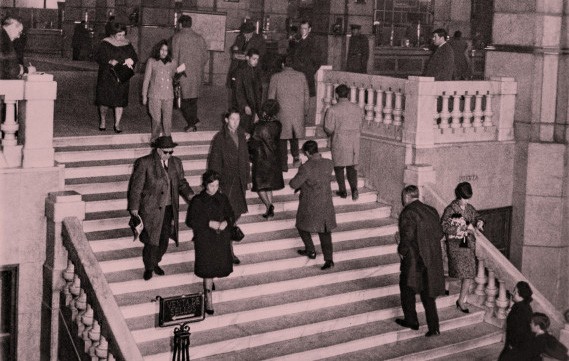Life of the Palace of Cybelles
By the mid-19th century, the dilapidated Post and Telegraph building in Puerta del Sol was on the verge of collapse, prompting the Spanish government to build a new headquarters to house the postal and telegraph services that a city in the throes of development and expansion so badly needed.
The site chosen was occupied by the Jardines del Buen Retiro in what was then the Plaza de Emilio Castelar (now Cibeles), a new urban centre easily accessible to both the inhabitants of the overcrowded historic centre and those living in the new suburbs. Two young architects won the public competition in 1904: Antonio Palacios and Joaquín Otamendi.
Even before it was inaugurated in 1919, the new headquarters of the Postal and Telegraph Services of Madrid was destined to become a controversial protagonist of the city’s iconography. Like it or not, the façade of the Palacio de Cibeles remains the most recognisable and representative image of the city - if such a thing is possible - alongside the fountain that honours its goddess and presides over the square in which it stands, in that constellation of unmistakable urban icons that includes the Eiffel Tower, London Bridge and the Colosseum in Rome.
Known to the people of Madrid simply as ‘Correos’, Cibeles Palace played a crucial role both in the political life of the city and in the personal lives of its citizens throughout the 20th century. Transformed into a cultural space and the institutional home of Madrid City Council more than a decade ago, it continues to offer the public the essence of the city’s diverse character: here typical Madrid meets cosmopolitan, modern meets traditional, stately meets popular, creating a multifaceted, vibrant and enigmatic whole that is difficult to define or categorise.
The exhibition is based, on the one hand, on the actual edifice itself, which becomes the main work on display, and, on the other, on the historiographical material that gives shape to its biography: technical documents, images, opinions, the historical events it has witnessed.
